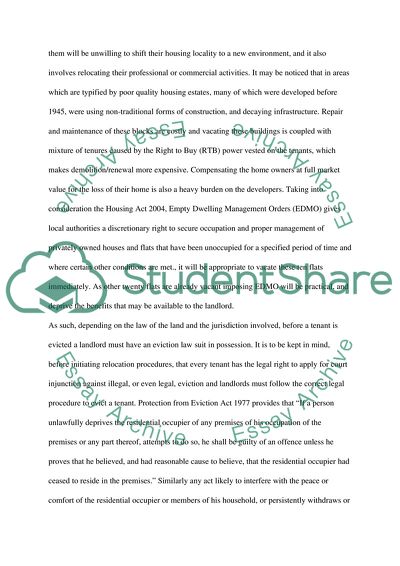Cite this document
(“Residential property managment Essay Example | Topics and Well Written Essays - 2500 words”, n.d.)
Retrieved from https://studentshare.org/miscellaneous/1543882-residential-property-managment
Retrieved from https://studentshare.org/miscellaneous/1543882-residential-property-managment
(Residential Property Managment Essay Example | Topics and Well Written Essays - 2500 Words)
https://studentshare.org/miscellaneous/1543882-residential-property-managment.
https://studentshare.org/miscellaneous/1543882-residential-property-managment.
“Residential Property Managment Essay Example | Topics and Well Written Essays - 2500 Words”, n.d. https://studentshare.org/miscellaneous/1543882-residential-property-managment.


